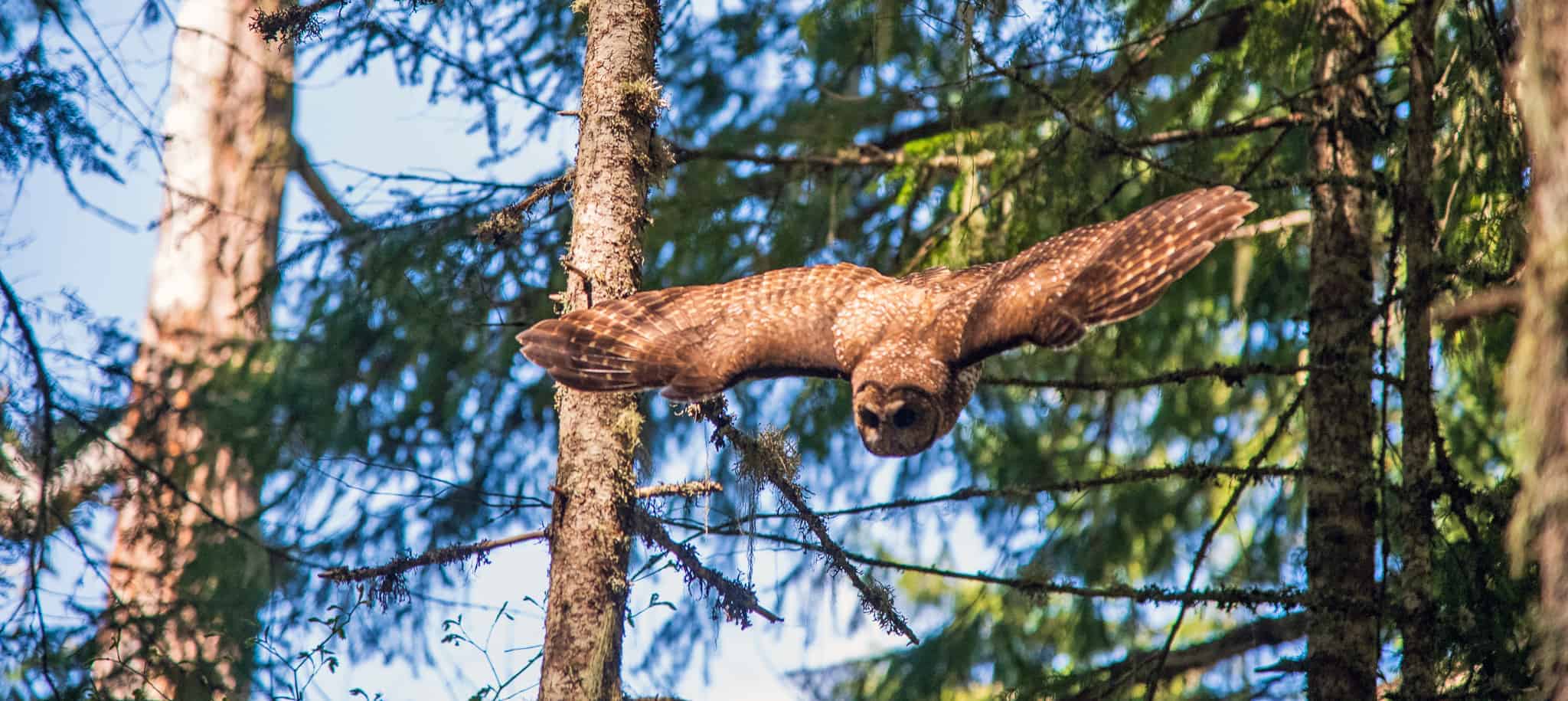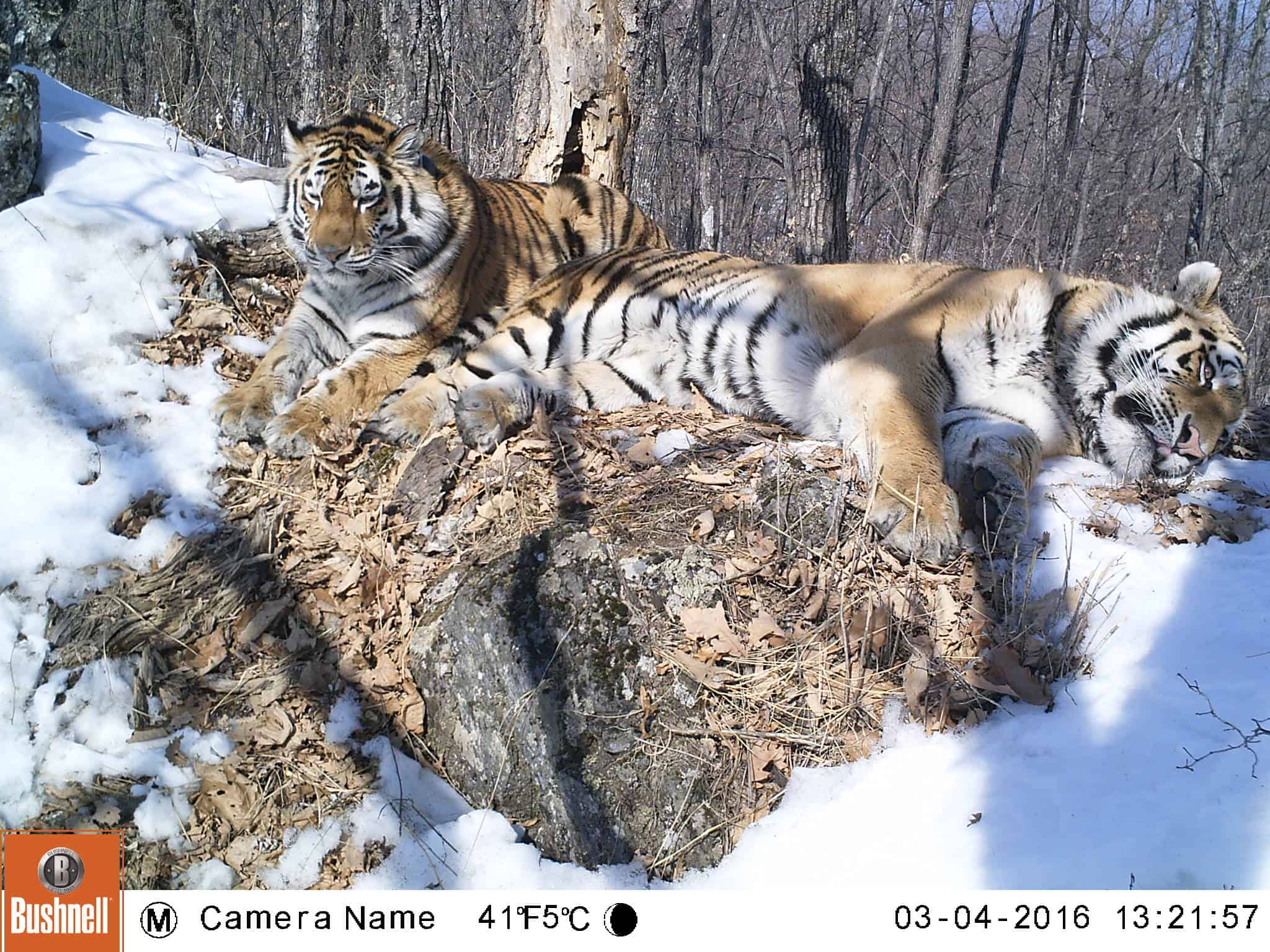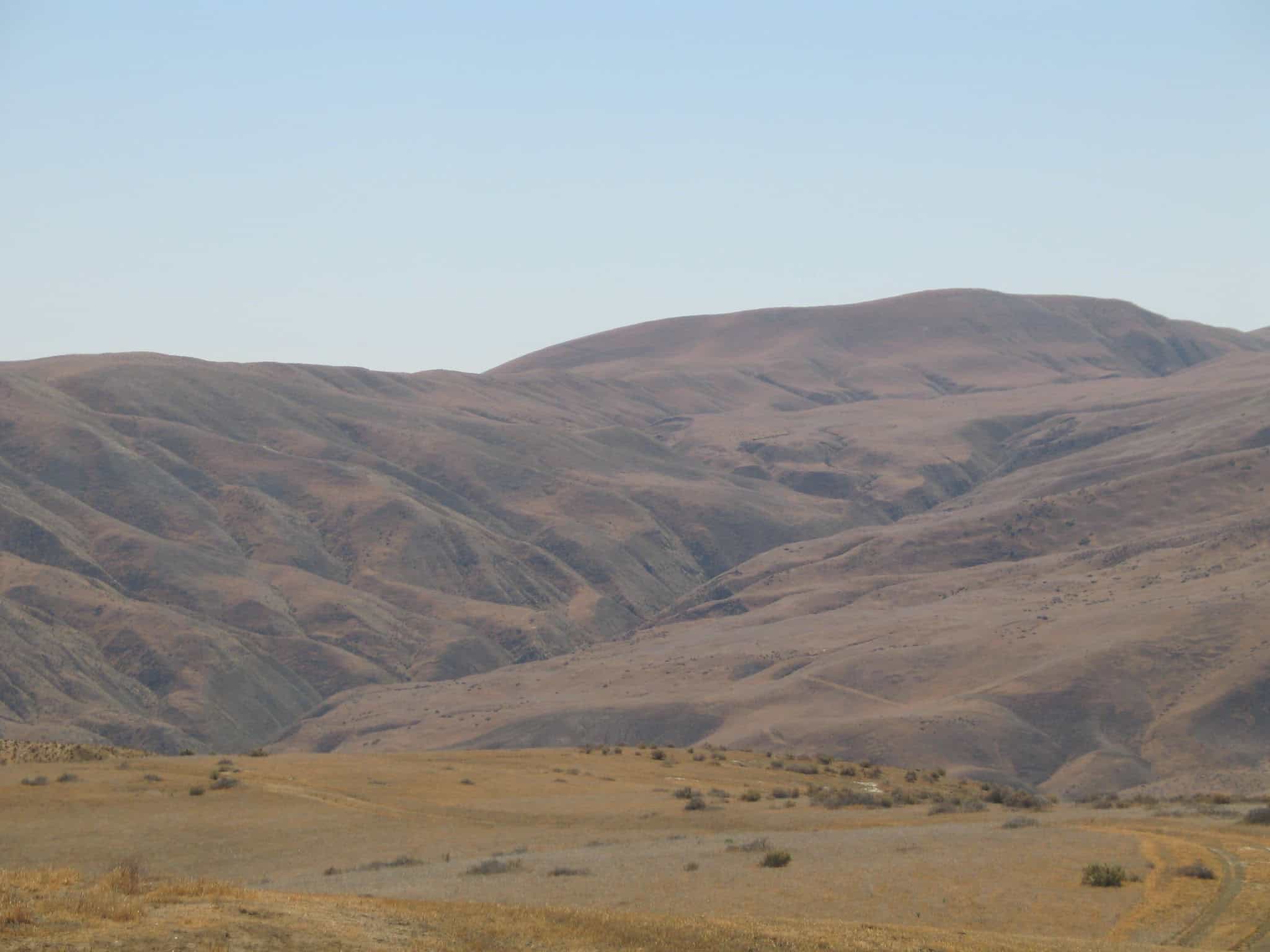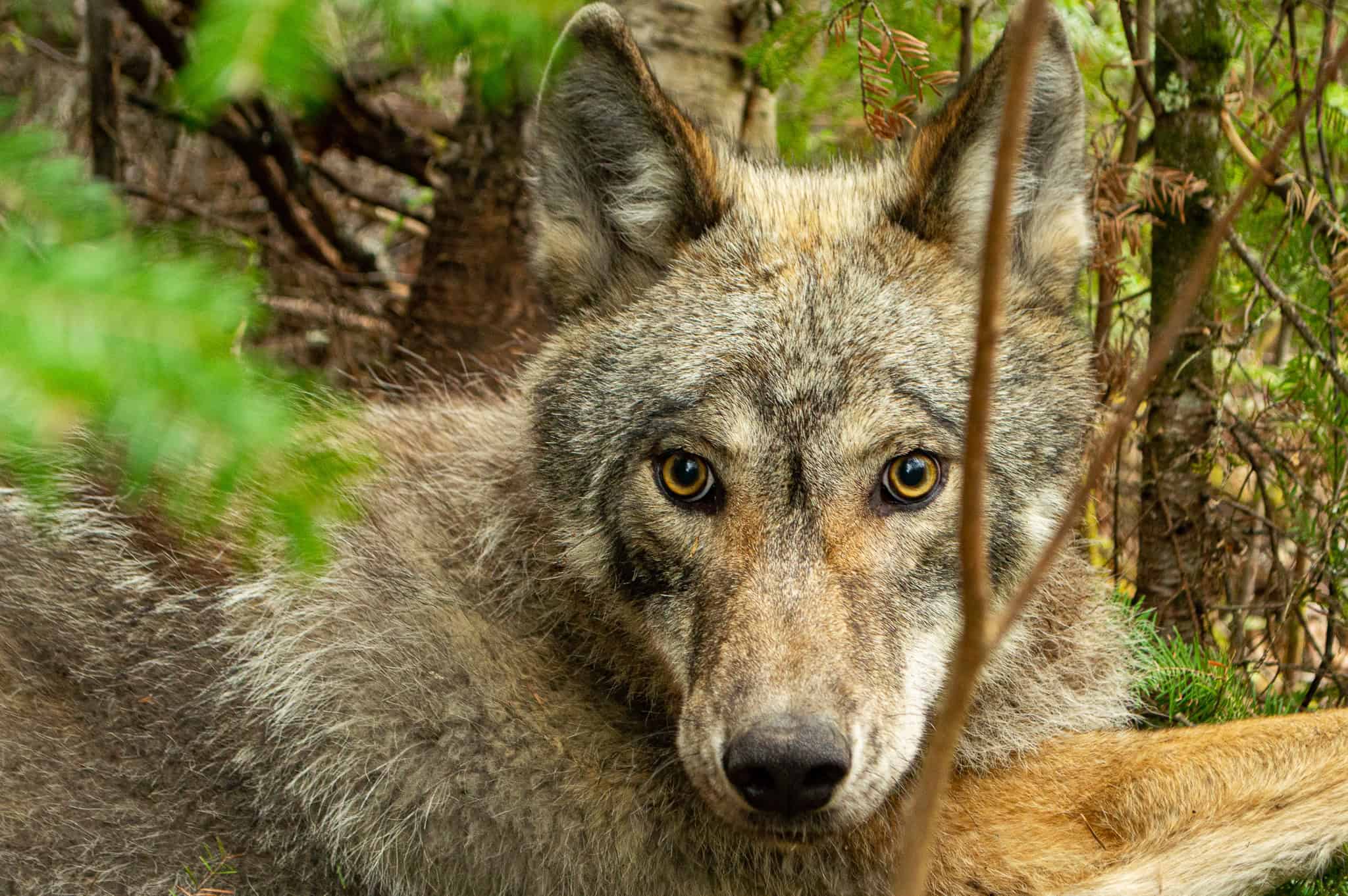Share this article
Researchers question spotted owl recovery efforts
A group of researchers is suggesting that plans to protect the northern spotted owl may need to be updated, with additional restrictions put in place on timber removal, even in severely burned areas.
Agencies often allow trees to be removed in these areas in an effort to reduce fuel buildup, and they permit some accidental harm or death to the federally threatened owls, known as “incidental take.” These scorched areas are often deemed too burned for owls to use. But a study published in the journal Forests suggests that the owls are using some of these areas, and they may be avoiding others not because they are burned but because of timber activities.
Northern spotted owls (Strix occidentalis caurina) are one of three subspecies of spotted owls, all of which are imperiled. Biologists believe they have faced three major threats—logging, incursions by invasive barred owls (Strix varia) and wildfire. Management to help the species, which ranges from southwestern British Columbia to northern California, often focuses on reducing forest fire risks and removing barred owls.
Researchers wanted to quantify the effects of all three threats to spotted owls.
“Typically, what we’ve noticed is that abandonment of burned territories by spotted owls tend to be attributed to fire, whereas the logging effects there—and even the barred owl effects—are not quantified,” said Monica Bond, a principal scientist with the Wild Nature Institute and the lead author of the study.
“Because every site is burned, how much of them had these other stressors in them?” she asked. “And therefore, is it really appropriate to say fire is the major driver of the abandonment of sites and population declines?”
If spotted owls are still able to use those areas, they shouldn’t be logged, Bond said, and habitat models—including the Northwest Forest Plan meant to provide protections for the owls—should be updated.
Bond’s team looked at the amount of logging and the presence of barred owls before and after wildfires at sites where the U.S. Forest Service had been conducting field surveys for the owls since 2000.
The team found that timber activity occurred in 87% of the burned northern spotted owl sites. Barred owls were recorded at 22% of the sites that were both burned and logged. Sixty percent of the severely burned sites had evidence of logging before and after fires, and 12% had no logging or barred owl detections.
“There was this synergistic effect where you add barred owls on top of logging and that increased the risk to them,” said Bond, who questions the effectiveness of these thinning efforts. “We really need to be updating our analysis and separating these things out to really understand what’s happening.”
The conclusions run contrary to other research, however. Critics have raised questions about the study’s methods and findings, saying researchers use the term “logging” too broadly—to include thinning operations that don’t resemble conventional logging—and that the paper underestimates the role of fire in comparison to other threats. In addition, the research team did not include any data on owl occupancy in these areas.
Damon Lesmister, a research wildlife biologist and leader of the wildlife ecology team at the USDA Forest Service Pacific Northwest Research Station, said his research does not support these findings. “We have a strong legacy of studying northern spotted owl biology, ecology and landscape influences here at the USDA Forest Service Pacific Northwest Research Station, pre-dating the Northwest Forest Plan and up to the present, having most recently developed advancements like passive acoustic monitoring,” he said.
“As a matter of professional courtesy, any specific comments I would have about other researchers’ work, like the Bond et al. paper, would best be made in a peer-reviewed forum or publication,” he said. “Generally, however, the findings of Bond et al. are not supported by my research and the preponderance of rigorous research on this topic.”
Bond and her colleagues urge agencies to reconsider the current recovery efforts aimed at preventing the extinction of northern spotted owls.
“The recovery plan is not working,” said Dominick DellaSala, chief scientist at the Earth Island Institute’s Wild Heritage Project and a co-author on the paper.
He urged the uplisting of the northern spotted owl to endangered, and he criticized agencies for allowing too much logging in burned areas, permitting too much incidental take and not being aggressive enough in removing barred owls.
“We’ve lost the 80 to 90% of the species’ major old growth habitat, and the agency continues to assume that fire is no longer habitat even though there is contrary evidence. And we’re showing them that that assumption has been challenged by this study, and they need to reevaluate how they’re doing incidental take permits for a species that is circling the extinction drain.”
Header Image:
Logging, wildfire and competition from invasive barred owls have threatened the northern spotted owl.
Credit: Kyle Sullivan, BLM








